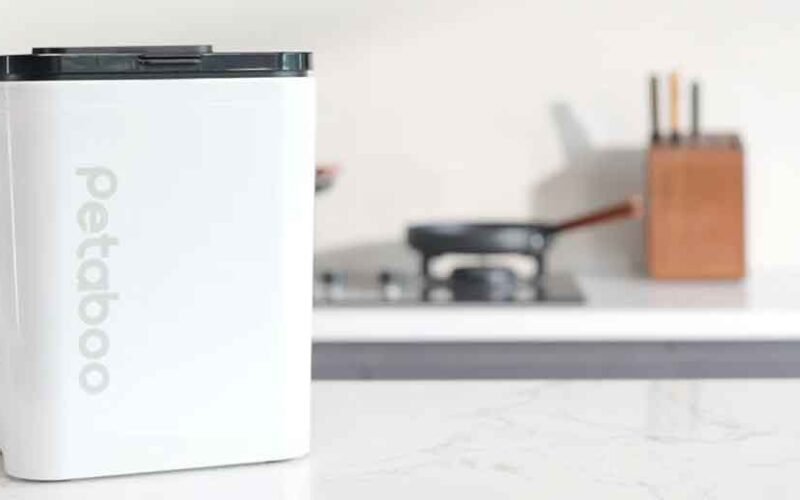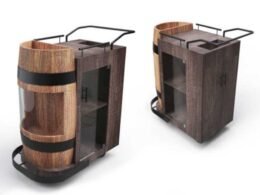Keeping food fresh is both an art and a science. It’s about understanding the natural processes that cause food to deteriorate and taking steps to slow them down. With the right knowledge, you can maintain the taste, texture, and nutritional value of your ingredients while also reducing household waste. This not only saves money but also supports a more sustainable lifestyle by making the most of what you buy.
Why Freshness Matters?
Freshness is more than just a pleasant sensory experience. Fresh food retains more vitamins and minerals, tastes better, and is safer to consume. As soon as fruits, vegetables, meats, and other perishables are harvested or prepared, they begin to break down due to enzymatic activity, microbial growth, and exposure to air, moisture, and light. The faster you can slow these processes, the longer your food will remain at its best.
The Main Causes of Food Spoilage
Understanding why food spoils is the first step in preserving it. Oxygen exposure leads to oxidation, which changes color, flavor, and nutritional content. Moisture creates an ideal environment for bacteria and mold. Light can degrade sensitive compounds like vitamins, while fluctuating temperatures encourage microbial growth. These factors work together to reduce the shelf life of your food unless you take steps to control them.
Controlling Temperature for Longer Shelf Life
Temperature control is one of the most effective ways to maintain freshness. Most bacteria grow rapidly between 40°F (4°C) and 140°F (60°C), so keeping perishable items below that range slows spoilage significantly. Your refrigerator should be set to around 37°F (3°C), and your freezer should be at 0°F (-18°C). Avoid overpacking these spaces, as good air circulation helps maintain a consistent temperature.
Moisture Management in Food Storage
Moisture is both a friend and foe to freshness. Some foods, like leafy greens, need a certain level of humidity to prevent wilting, while others, like nuts and grains, require a dry environment to avoid mold. Using the right storage method for each type of food can make a noticeable difference. Humidity-controlled drawers in the refrigerator, breathable bags, or dry, airtight containers all help regulate moisture effectively.
The Role of Vacuum Storage Containers
One of the simplest yet most effective ways to slow down spoilage is by minimizing air exposure. 真空 保存 容器 are designed to remove excess air from around your food before sealing it, dramatically slowing oxidation and microbial growth. By keeping oxygen levels low, these containers help preserve the original flavor, texture, and nutritional content of your food for much longer. They are suitable for a wide variety of items, from fresh produce to coffee beans, and even leftovers, making them a versatile tool in any kitchen.
Light Exposure and Nutrient Loss
While temperature and moisture often get the most attention, light exposure also plays a role in food degradation. Foods like oils, dairy, and certain vegetables are sensitive to light, which can cause them to lose nutrients and develop off-flavors. Storing these items in opaque containers or in darker areas of your kitchen can help maintain their quality.
Planning and Portioning to Reduce Waste
Even the best storage techniques can’t save food that’s never used. Thoughtful meal planning helps ensure you purchase only what you need and use it before it spoils. Portioning ingredients into smaller amounts makes them easier to store and reduces the risk of forgetting about them in the back of the fridge or pantry. Leftovers should be labeled with dates so you know exactly how long they’ve been stored.
Freezing for Long-Term Preservation
Freezing is an excellent option for preserving food for months at a time, but it works best when the food is prepared correctly. Blanch vegetables before freezing to stop enzyme activity, and remove as much air as possible from freezer bags to prevent freezer burn. Always cool cooked foods before placing them in the freezer to avoid raising its internal temperature.
Creating a System That Works for Your Home
The best storage practices are the ones you’ll actually follow consistently. This means setting up your fridge, freezer, and pantry in a way that works for your cooking style. Grouping items by type, using clear labels, and regularly checking expiration dates help maintain a smooth, waste-free system. Over time, these habits become second nature, leading to fresher meals and less waste.
Final Thoughts
The science of freshness comes down to understanding the factors that cause food to spoil and taking steps to control them. By managing temperature, moisture, air exposure, and light, you can significantly extend the life of your food while keeping its flavor and nutritional value intact. Simple tools like vacuum storage containers, along with mindful planning and organization, can make a big difference in reducing waste and enjoying fresher meals every day.










